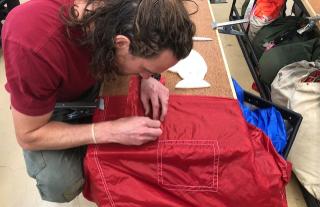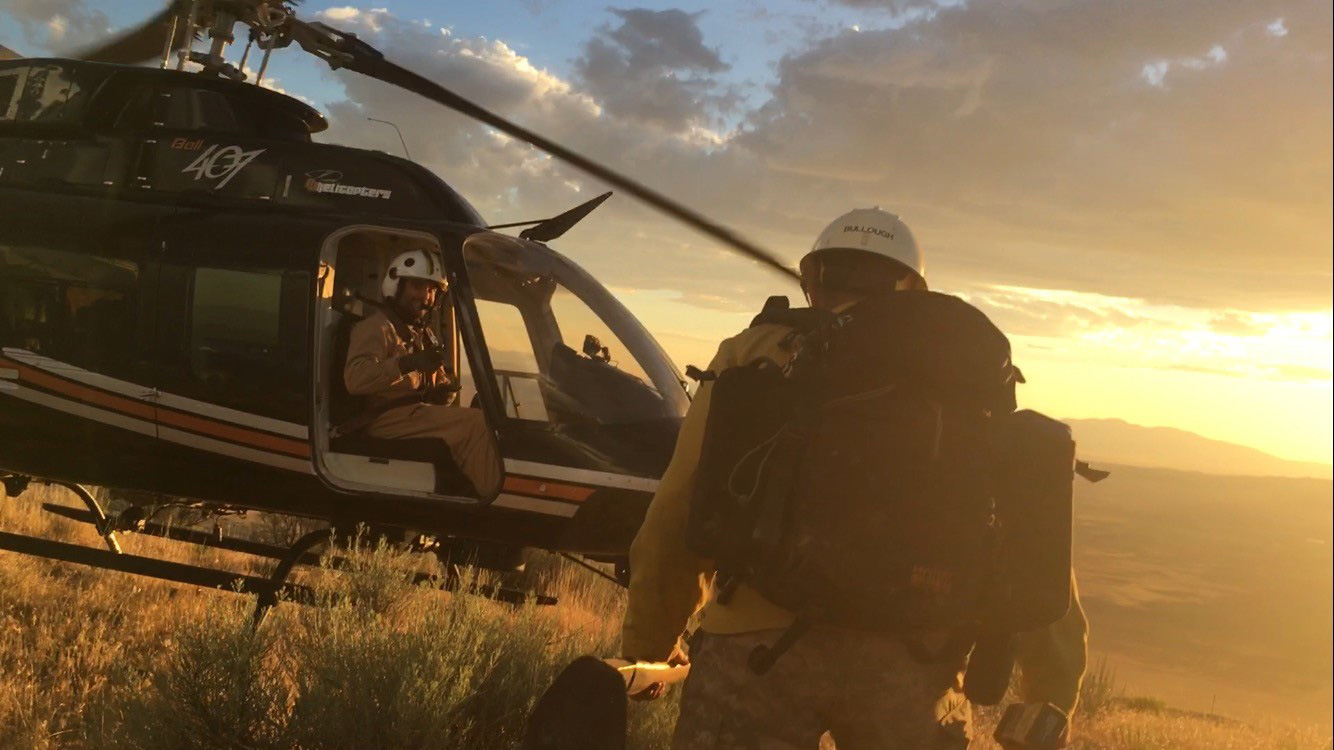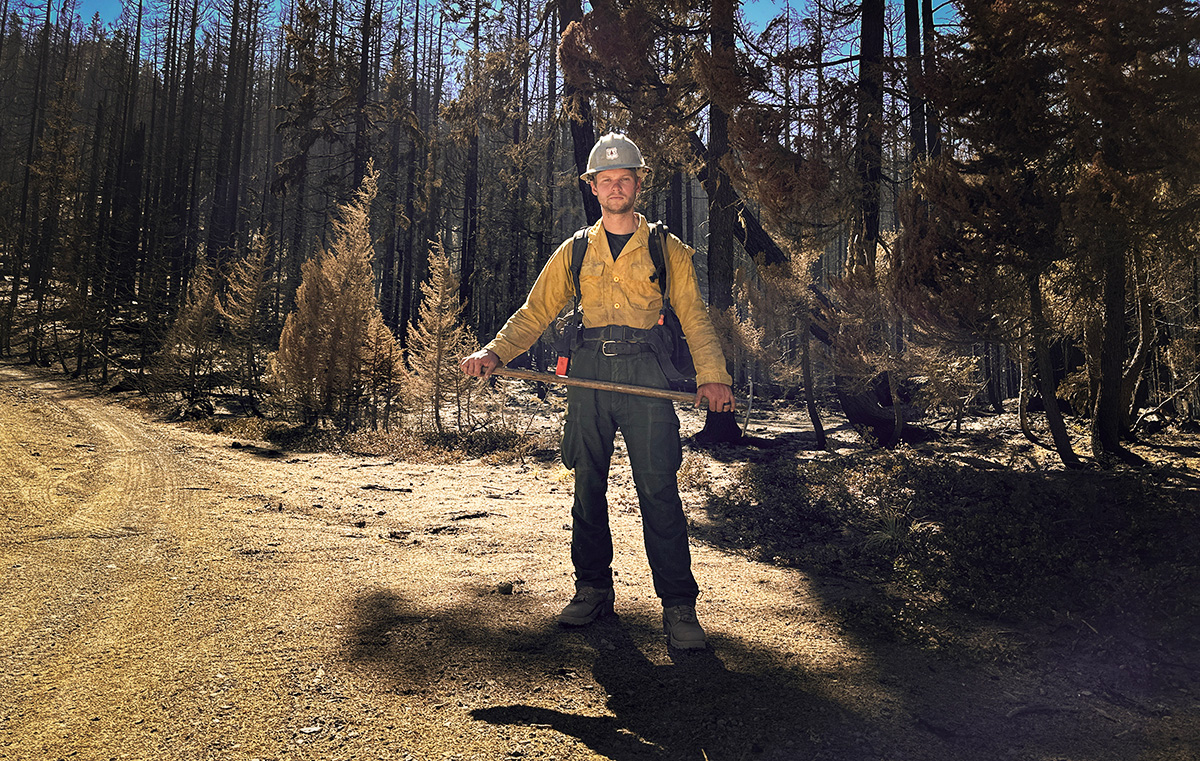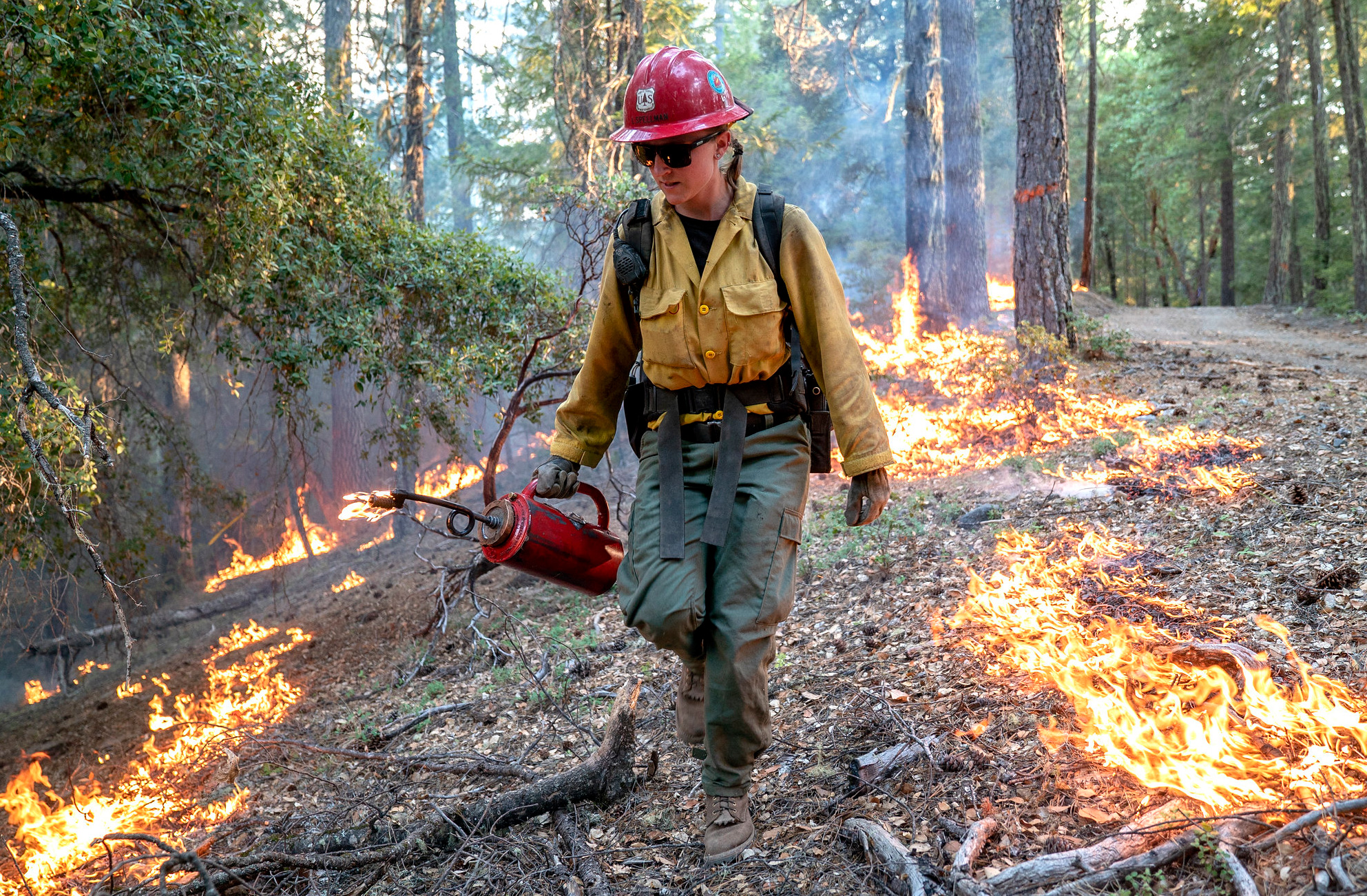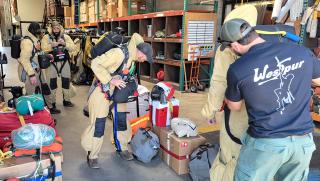
It’s that time of year when wildfire activity is increasing across the country. Have you heard of the Bear Fire, Campbell Fire, or the Blakes Fire? Most likely not because the quick response by wildland firefighters relegated these fires to the historical bin — and one of the quickest responders is the Forest Service smokejumper.
Within 15 minutes, these specially trained wildland firefighters will be on a plane en route to the fire. As they exit the plane at 3,000 feet, they carry with them wildland firefighting tools of the trade — a Pulaski, a chainsaw, three days of food and water, and other equipment to get to the fire and stop it from spreading.
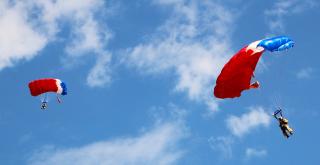
“The whole idea of smokejumping is that if we're successful, you don't hear about our fires. You don't hear about this operation,” said Don Graham, operations manager of the Forest Service’s “California Smokejumpers,” who has made more than 500 jumps in the last 23 years. “Wildfire is time sensitive. Anytime there is an ignition, the sooner you put that ignition out, the better off we are.”
Over the last eight months, 74 Forest Service smokejumpers have deployed to 13 fires in Northern California; of those wildfires, all were kept to two acres or smaller.
“If it takes two hours or more for an engine, crew or patrol to get to an area where the fire is burning, all that time it continues to grow,” said Graham. “We want to get to these fires and suppress them before they grow and require more personnel.”
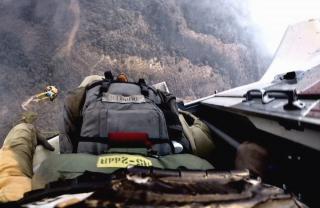
The 98% wildfire initial attack suppression success rate by the Forest Service and other wildland firefighting agencies is impressive. This is largely due to an efficient reporting and dispatching system, from when a fire is first reported, and the area assessed.
“We’ll fly a couple of orbits around the area and size up the fire. Then we call that information into dispatch. At this point, a determination of how to best suppress the fire is made — whether a smokejumper, an engine or hand crew is the best resource for the fire.”
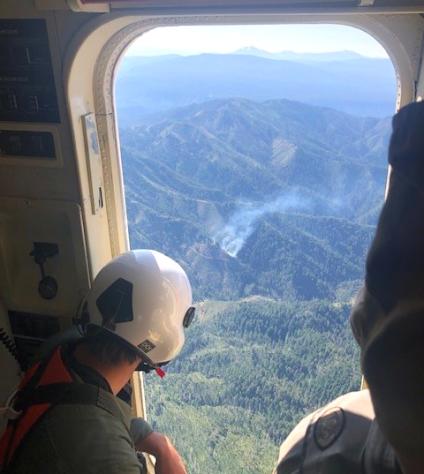
If a fire is reported in a remote area that would require a two-hour drive and additional two-hour hike, deploying smokejumpers might be the best option.
“So, we’ll confirm with dispatch and recommend the number of smokejumpers that will be needed based on the size up of the fire. Then we’ll deploy the smokejumpers with tools that they'll need to be successful. Once on the ground, they’ll cut containment line around the fire and put it out,” said Graham.
The whole process from when a fire is first reported to when the first smokejumpers arrive at a fire is quick — anywhere from 30 minutes to one hour, depending on flight time from the base.
“It’s about getting to the fire quickly, but it is also about access,” said Graham. Many of the fires that Graham and his fellow smokejumpers are dispatched to are lightning-caused and in remote areas, far from fire stations and sometimes many miles from the closest road.
This year, storm-damaged roads across the West Coast have made the ability to get smokejumpers to a fire quickly even more important.
Graham recounts a recent example.
“We had a fire earlier this year on the Six Rivers National Forest. It was in what should have been an accessible area, out at the end of an old road. An engine was dispatched within minutes. But as it was making its way up the road, they encountered a lot of storm damage. Dead and downed trees along the route needed to be cut and remove to continue to the fire. So, we got a call from dispatch and had eight smokejumpers on the fire in an hour.”
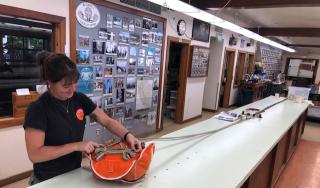
Within three days, the smokejumpers had the fire contained and controlled, with help from the engine firefighters that eventually were able navigate by roads to the fire.
Keeping wildfires small so they are easily managed also allows more firefighting resources to respond to other reported fires and limits the risk to firefighters across the system.
“Anytime you can get on a fire and suppress it within that three-day timeframe, keeping it small, that may be the difference between deploying three smokejumpers for a couple days versus that same fire later, requiring 20 firefighters that may take 20 days to contain,” said Graham.
The 10-year average of jumps conducted by smokejumpers in California is 220. So far this year 81 smokejumpers have been deployed. It’s likely you haven’t heard of any of these fires, and for Graham and smokejumpers stationed at Redding and across the country, that’s the goal.
